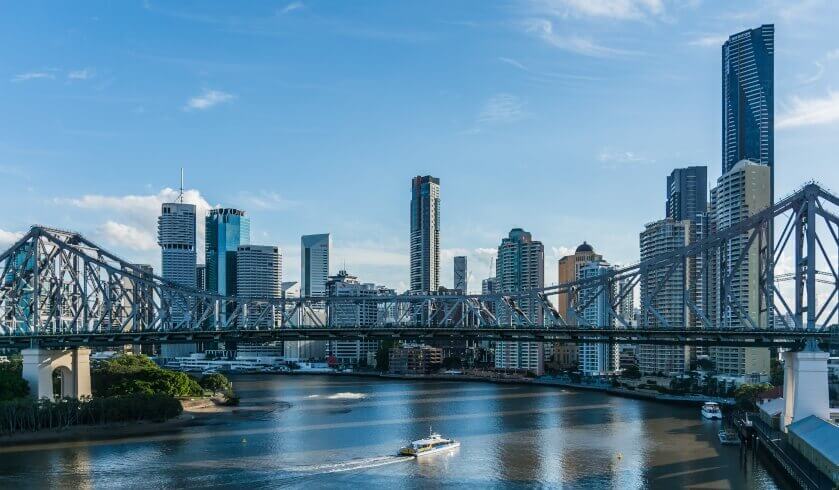Brisbane CBD office market poised for post-COVID growth
As both confidence and transaction activity strengthen in the investment and leasing markets on the back of greater certainty in the economy, the Brisbane CBD has been deemed ready for a post-pandemic expansion, a new report has found.

After a slow 2020 when investment turnover totalled only $607.6 million – the lowest total transaction level since the post-GFC period – the Brisbane CBD office market has kicked off 2021 with $210 million in deals settled and a further $530 million under contract, Knight Frank’s latest Brisbane CBD Office Market report revealed.
Knight Frank Queensland’s head of capital markets, Justin Bond, said the growth in major transactions is being instigated by ”occupier resilience and economic upside”, both of which have considerably boosted buyer activity.
While only a few CBD assets remain in the market at the moment, Mr Bond expects the trend to shift in the second quarter of 2021.
“With recent campaigns resulting in successful sales, at firm yields, vendor confidence is improving.
“There is no doubt that purchaser appetite for Brisbane remains high, although non-core office is secondary to core office and industrial assets at this time on the buyer radar,” according to Mr Bond.
As of April 2021, the Brisbane CBD office market totalled 2,273,027 sq m of stock, with a 13.6 per cent vacancy rate.
And as offshore activity remains limited, now is the perfect time for local investors to gain a greater position in the market before the Olympic Games spur a new wave of global investors, Knight Frank Queensland’s research and consulting partner, Jennelle Wilson, said.
“The current climate is providing local buyers with the opportunity to gain greater positions in the market prior to the expected uptick in global recognition for Brisbane as the Olympic Games grow closer, likely spurring a new tranche of global investment allocation.
“Brisbane is well placed long term as its profile grows on the world stage. Despite few transactions and limited offshore active buyers, yields have remained firm for core assets, with the yield band widening to reflect assets with short-term vacancy exposure,” Ms Wilson commented.
Leasing market
Similarly, leasing activity is predicted to grow in 2021 as large office tenants make their comeback, Knight Frank Queensland’s head of office leasing, Mark McCann, said.
In 2020, 85 per cent of leasing activity was dominated by smaller tenants with sub-1,000 sq m requirements, but tenant engagement from larger users is expected to increase from mid-2021 as last year’s deferred decisions begin to take shape, according to Mr McCann.
“There are a number of significant decisions with announcements imminent… As these deals are formally announced to the market, it will increase confidence on both the tenant and landlord markets,” he noted.
Among the CBD tenants expected to make their next location decision announcements are CUA (6,000 sq m), KPMG (8,000 sq m), McCullough Robertson (4,000 sq m), APA Group (4,000 sq m) and the federal government (circa 38,000 sq m).
However, despite an expected increase in leasing activity, Ms Wilson explained that the vacancy rate could elevate once more to peak at 15.7 per cent by June 2021, primarily due to the pressure of further negative net absorption and new supply.
Over the next four years, a total of 160,000 sq m of supply is expected to be completed, thus limiting the improvement in vacancy even as tenant activity improves.
The elevated vacancy rate is likely to remain until 2022 and only begin to decrease significantly by 2023.
Ultimately, the actions of tenants in this space over the next 12 months – either to re-occupy or relinquish – could move the needle for the total vacancy rate, Mr McCann concluded.
